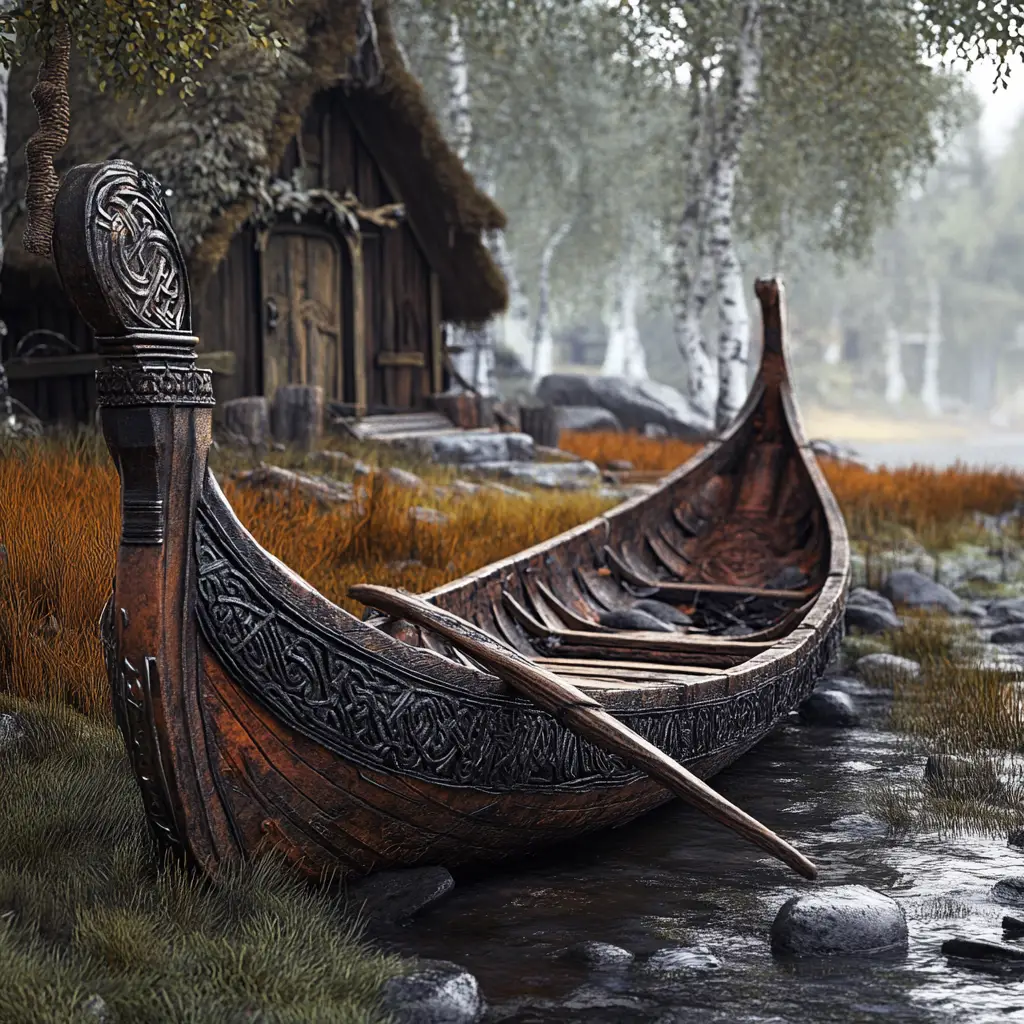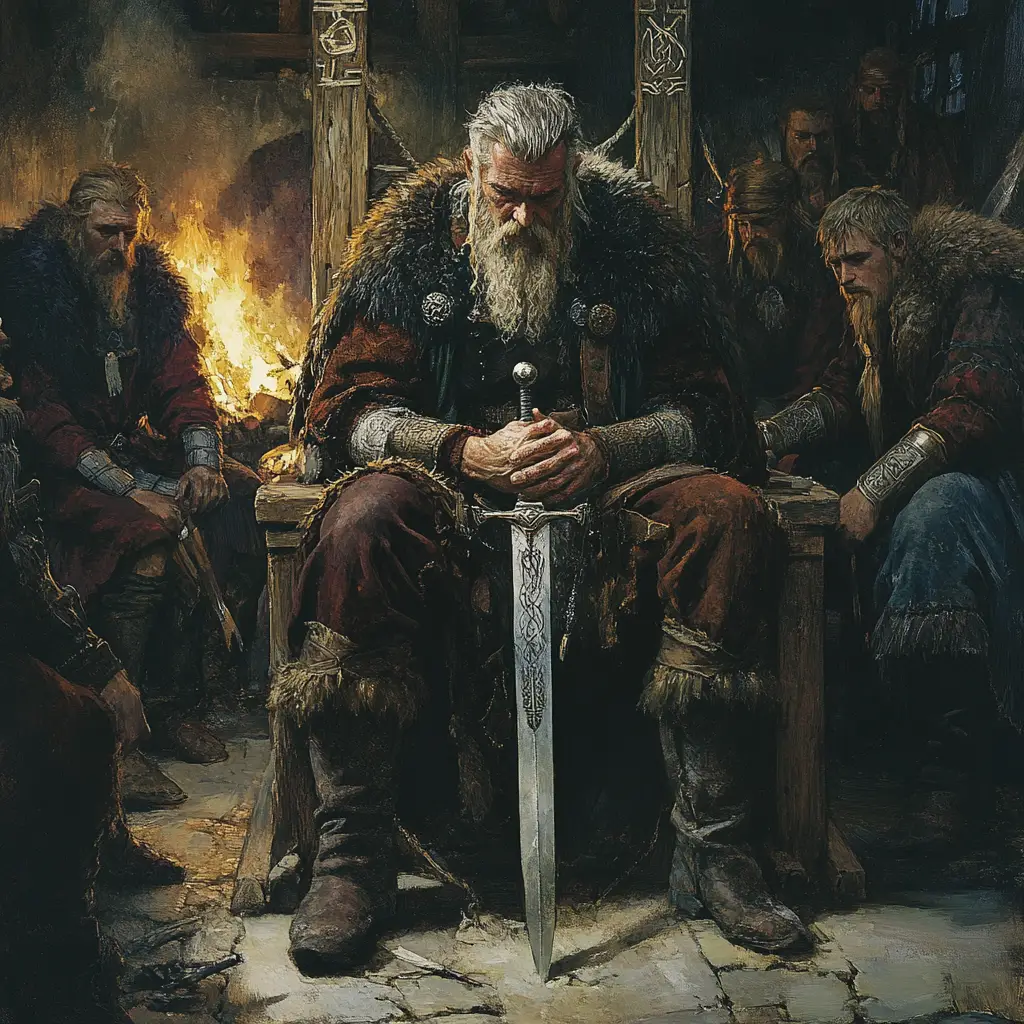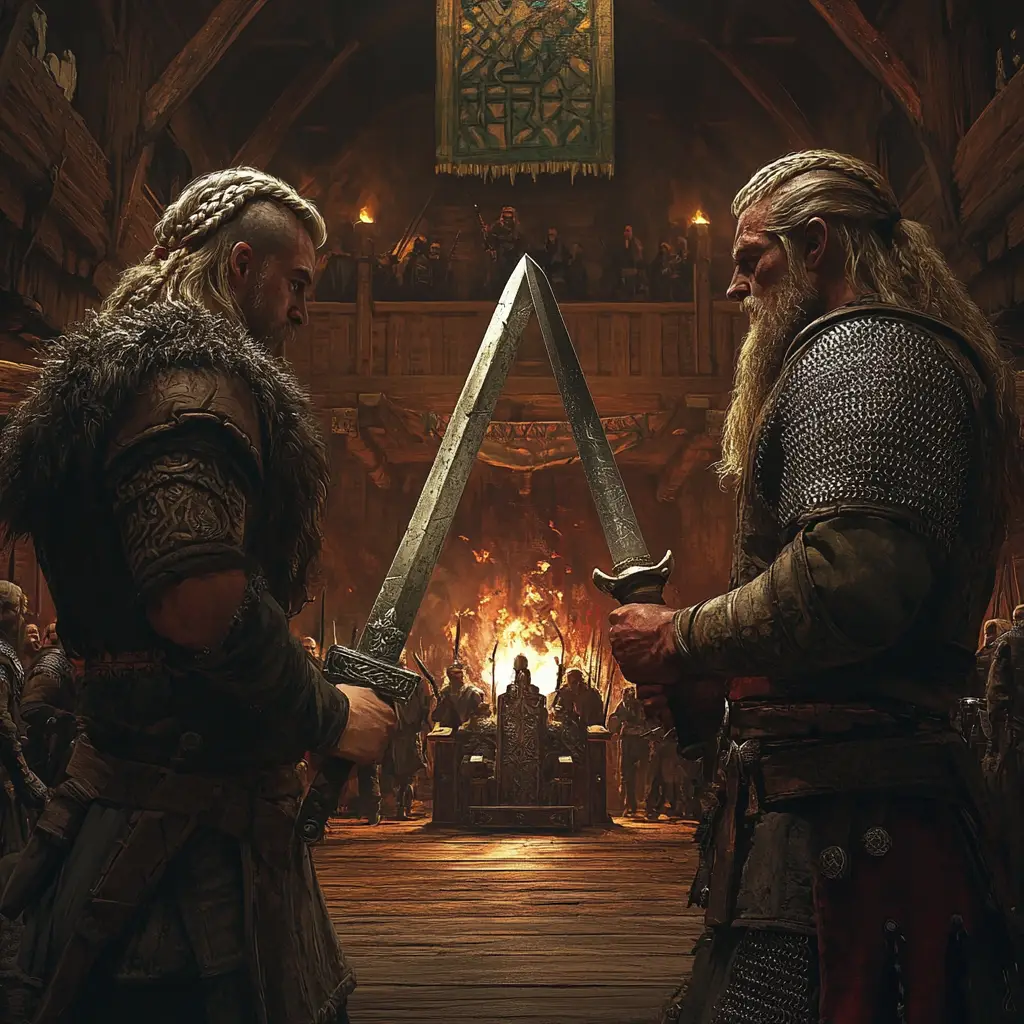How Wealth and Power Were Passed Down
In Viking society, inheritance was a crucial part of maintaining family wealth, power, and land ownership. The rules were largely based on Norse laws and traditions, with property typically passing to sons, daughters, and sometimes other relatives. However, disputes over inheritance often led to feuds, rivalries, and legendary battles.
What Could Be Inherited?
Vikings could inherit a variety of assets, including:
Land and farms – The most valuable inheritance, as land was the foundation of wealth.
Weapons and armour – Swords, axes, and shields were often passed down through generations.
Ships – A Viking’s longship was a symbol of power and prestige.
Silver and gold – Coin hoards, jewellery, and other treasures were inherited or used as dowries.
Titles and leadership – Chieftains and jarls often passed their power to their children, though succession was not always guaranteed.
Who Inherited?
- Sons had the strongest inheritance rights, with the eldest usually receiving the largest share.
- Daughters could inherit, but their rights varied by region. They were more likely to receive land in Norway and Iceland than in Denmark or Sweden.
- Illegitimate children (bastards) had fewer rights but could still inherit if acknowledged by their father.
- Brothers and extended family could claim inheritance if a man died without direct heirs.
Inheritance Disputes and Viking Feuds
Blood feuds and family conflicts were common, as many Viking sagas tell of brothers or relatives fighting over land and wealth.
Some warriors, rather than sharing, killed their rivals to claim full inheritance.
Famous Viking figures like Harald Fairhair and Erik Bloodaxe fought for their inheritance through brutal wars.
Burials and Grave Goods
- Wealthy Vikings were often buried with their treasures, symbolizing their inheritance in the afterlife.
- Some wealthy women were buried with keys, symbolizing their role as household rulers and keepers of wealth.



